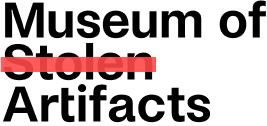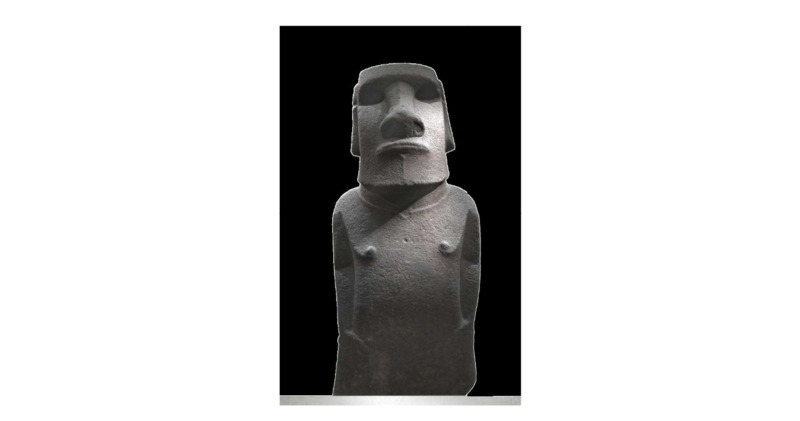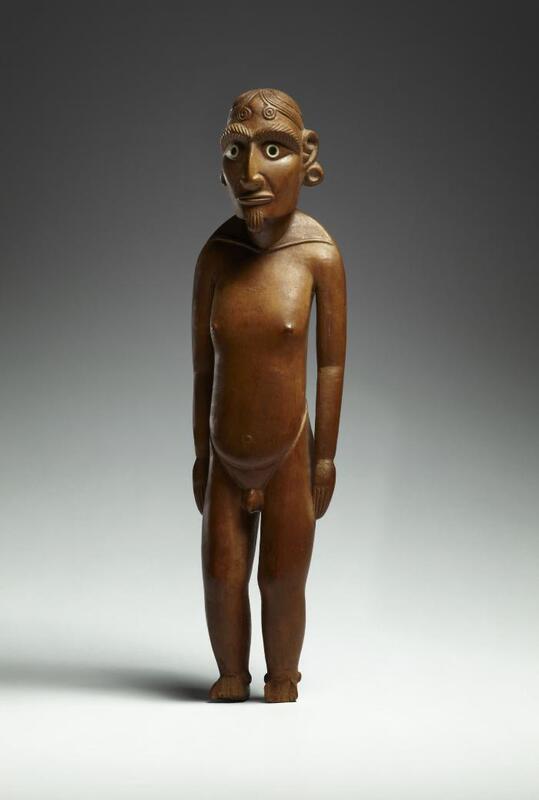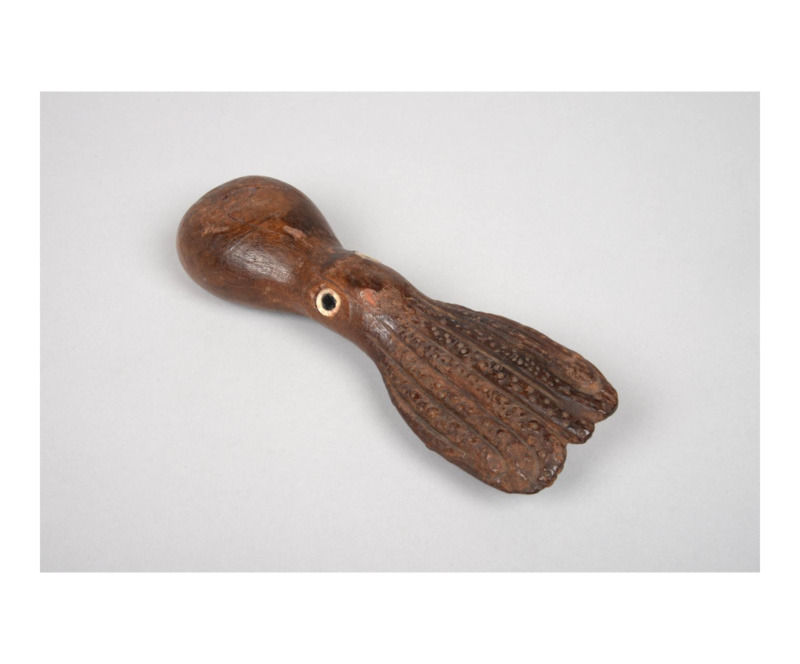A community-led museum for items taken through colonialism in the context of violence and the process of their restitution.
Collection
-
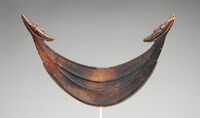 <UNKNOWN> https://museumofstolenartifacts.org/s/mosa/item/92
<UNKNOWN> https://museumofstolenartifacts.org/s/mosa/item/92 -
Gorget (Rei Miro) Elegant symbols of chiefly authority, the crescent-shaped gorgets known as rei miro reputedly were used primarily by chiefly women. Worn around the neck on important occasions, they signified the wearer's noble birth. The gorgets also formed part of the ceremonial attire of the island's paramount male chief (ariki mau), whose regalia reportedly included six rei miro, two worn on the chest and two hanging from each shoulder. Rei miro typically consist, as in this example, of a flat wooden crescent adorned at each end by an anthropomorphic head depicted in profile. The central portion is decorated with a shallow intaglio crescent, whose form echoes the curve of the ornament. Rapa Nui artists also created a number of variants on the rei miro image, in which other forms, such as the tails of whales, are substituted for the human heads.
-
The Metropolitan Museum of Art collection website
-
 <UNKNOWN> https://museumofstolenartifacts.org/s/mosa/item/1
<UNKNOWN> https://museumofstolenartifacts.org/s/mosa/item/1 -
figure Double human figure, a boundary marker (?) made of stone. Arms carved in relief. A double-headed bird carved in relief between the two figures.
- [Untitled]
-
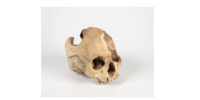 <HUMAN REMAINS> https://museumofstolenartifacts.org/s/mosa/item/26
<HUMAN REMAINS> https://museumofstolenartifacts.org/s/mosa/item/26 -
Schedel Een beschadigde schedel waarvan de bovenkruin en de onderkaak ontbreken. Ook is de bovenbast van het voorhoofd tot aan het linkeroog verdwenen. In de bovenmondholte zijn nog twee kiezen aanwezig. De schedel is op verschillende plaatsen ruim een halve centimeter dik. Lang nadat de inheemse bevolking van Paaseiland was bekeerd tot het Christendom wilde zij de overledenen niet op een Christelijk kerkhof begraven. De doden werden in boombastdoek of gevlochten matten gewikkeld en buiten voor hun huis met het hoofd richting zee gelegd. Hierna werd het lichaam, waarschijnlijk nadat het volledig was ontbonden, naar de "ahu", een ceremoniële structuur gebracht. Elke familie had een eigen "ahu" en na verloop van tijd werden de beenderen van overledenen weggehaald om plaats te maken voor nieuwe. De omgeving was vaak bezaaid met menselijke overblijfselen. Vermoedelijk betekende de bijzetting in een "ahu" het einde van de rouwperiode die met veel taboes was omgeven. Het zou kunnen zijn dat deze schedel nabij een oude "ahu" is gevonden en door de verzamelaar is meegenomen.
-
 <UNKNOWN> https://museumofstolenartifacts.org/s/mosa/item/64
<UNKNOWN> https://museumofstolenartifacts.org/s/mosa/item/64 - Figur, Oktopus
- Weltmuseum Wien
-
 Ao https://museumofstolenartifacts.org/s/mosa/item/57
Ao https://museumofstolenartifacts.org/s/mosa/item/57
